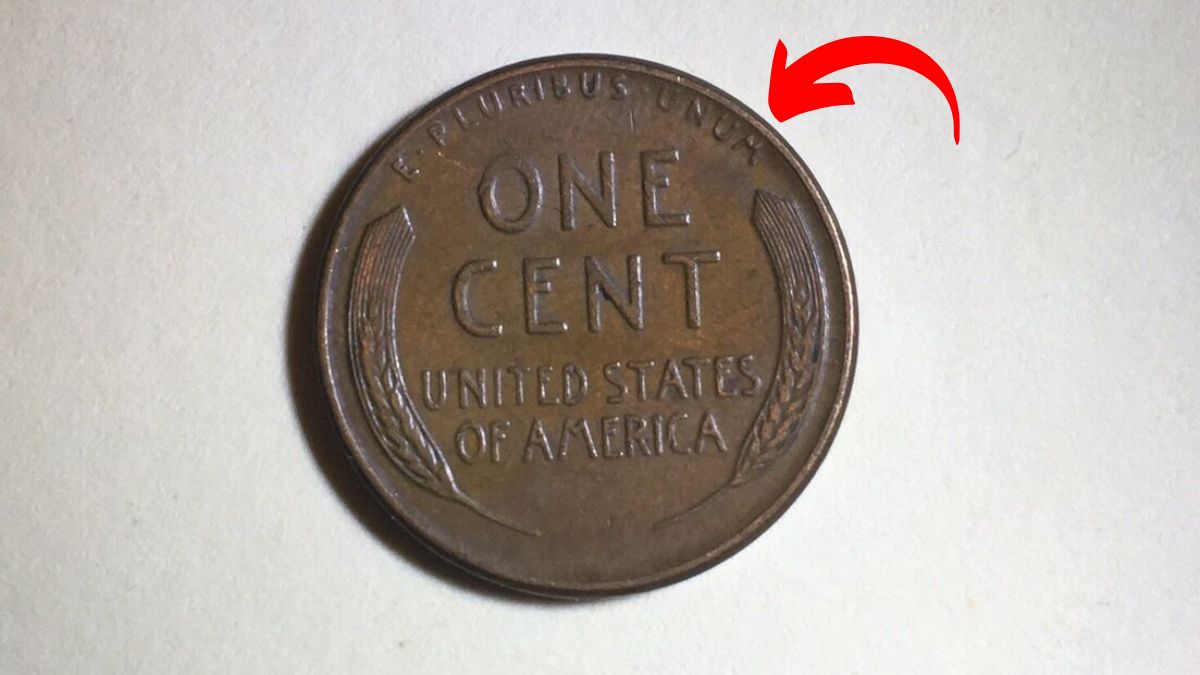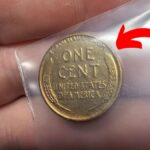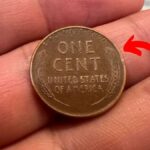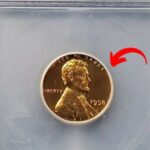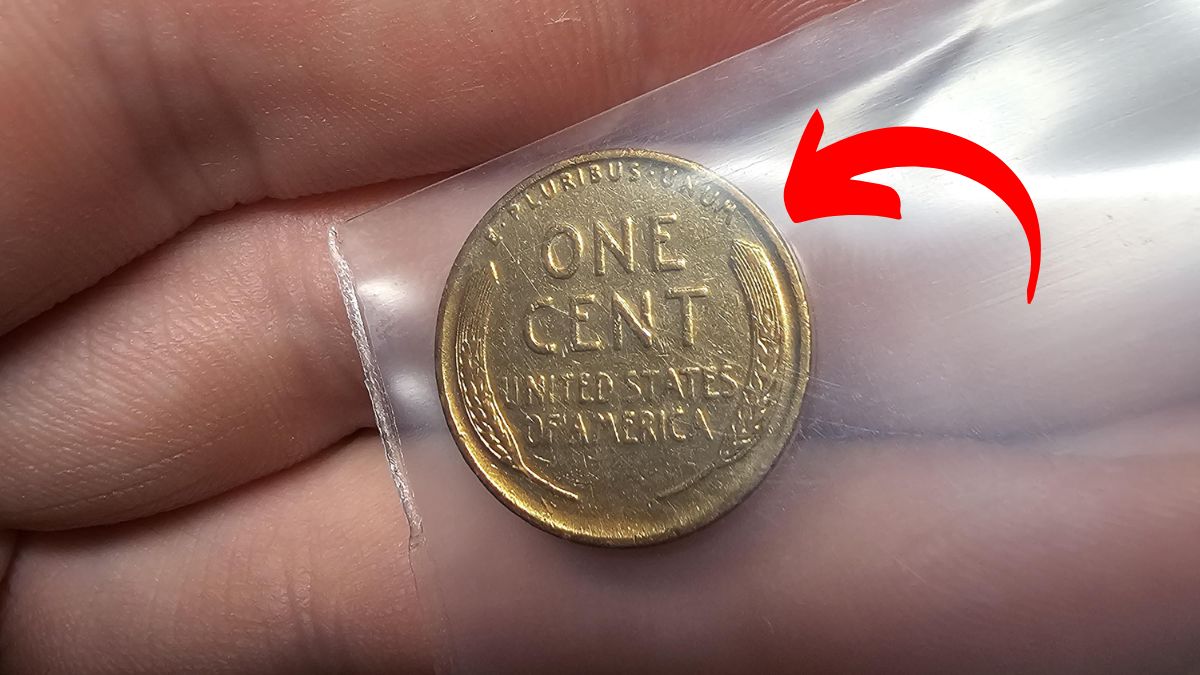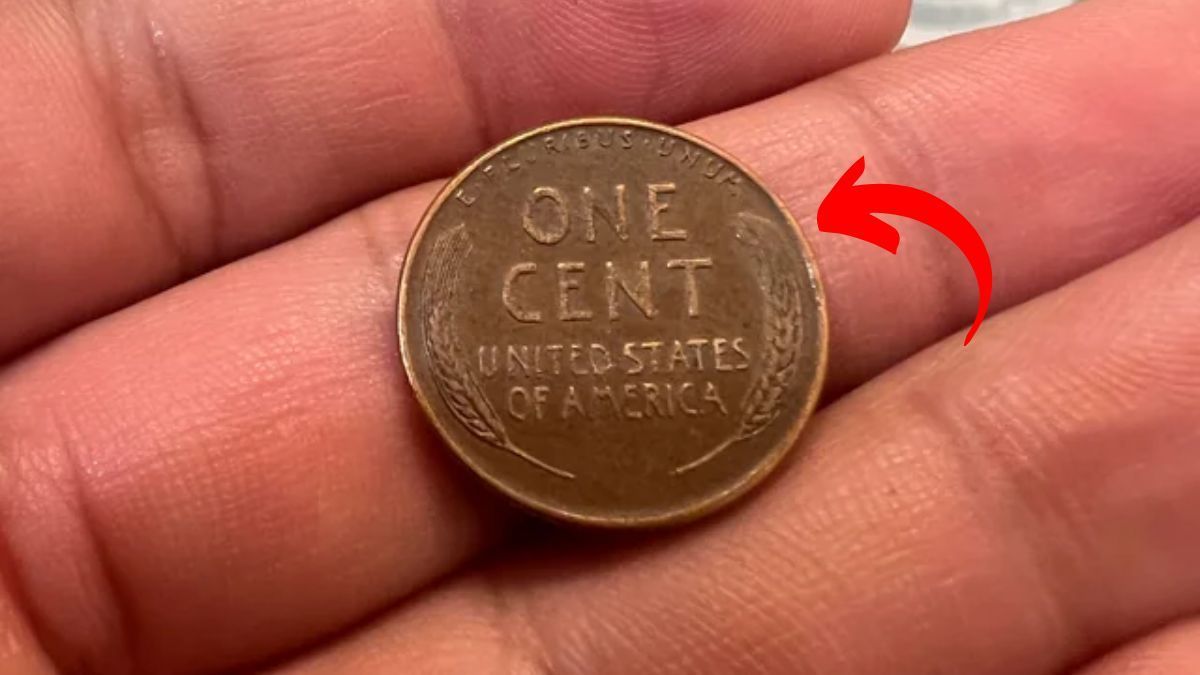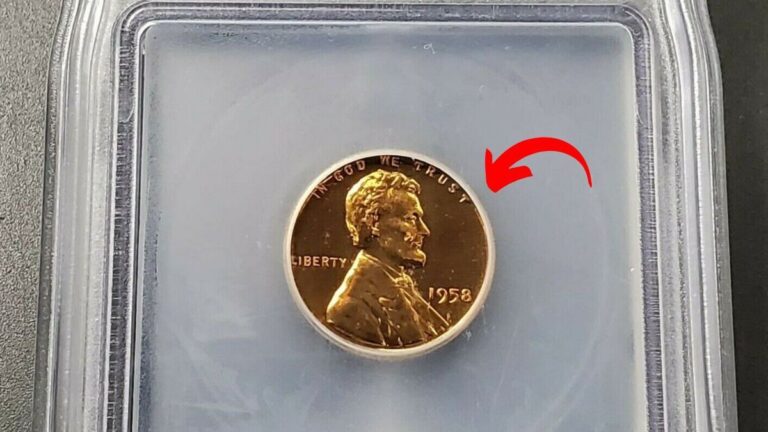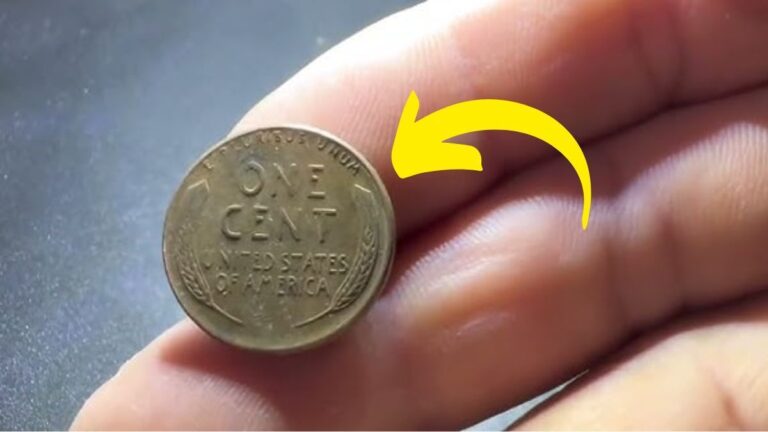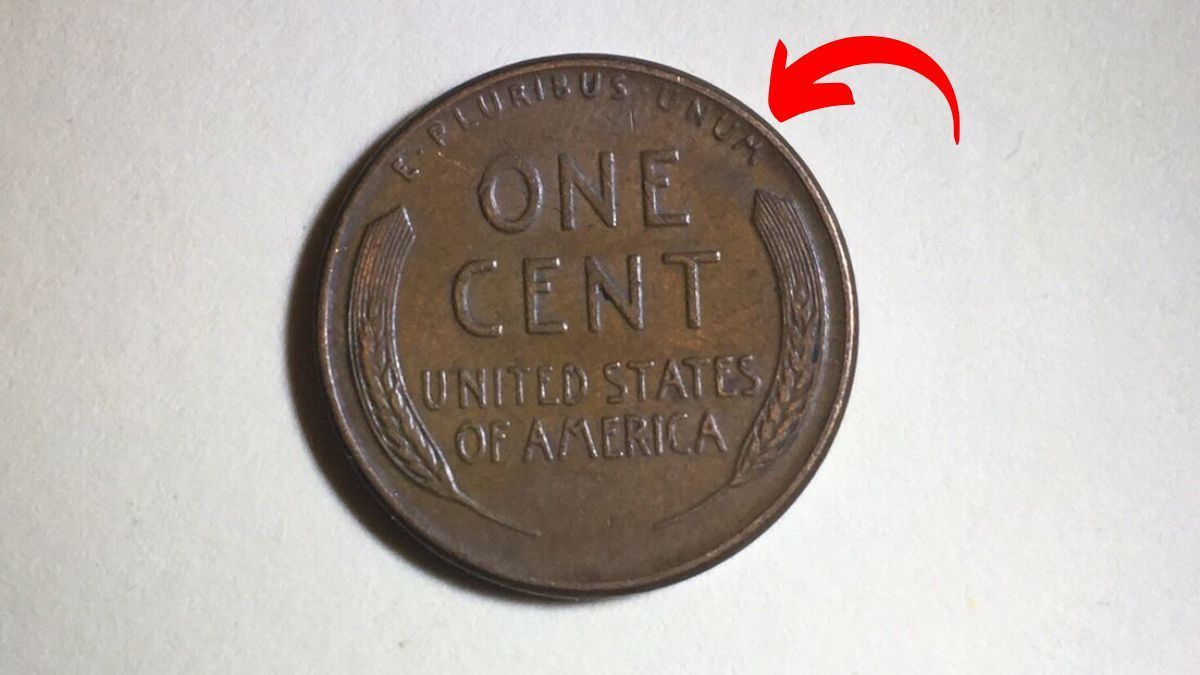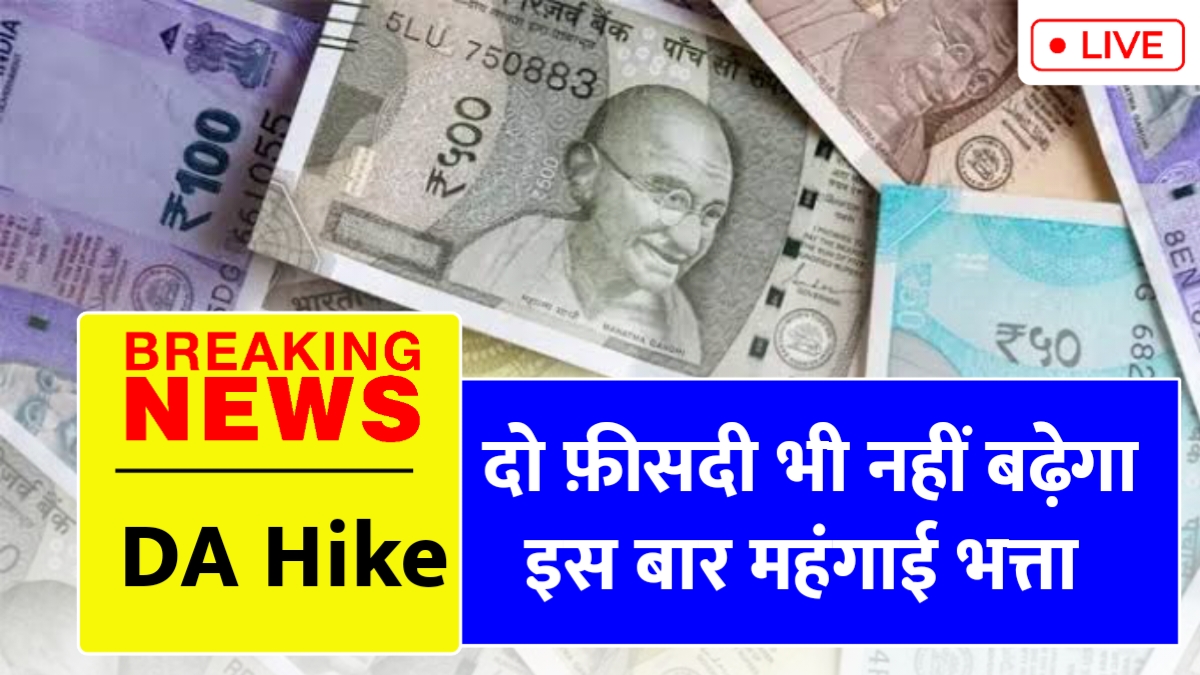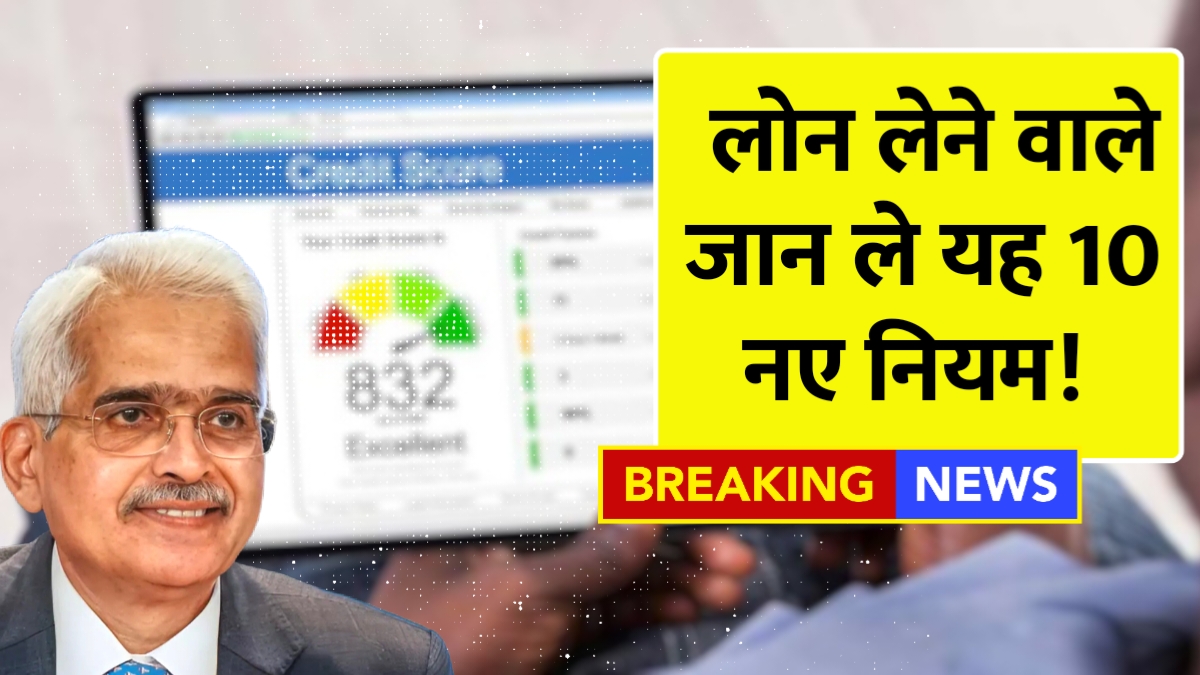The Lincoln Wheat Penny Valued at $1.4 Billion: The Lincoln Wheat Penny might seem like just another ordinary coin, but some rare versions could be worth staggering amounts of money. While most pennies are only worth one cent, certain special ones have sold for thousands or even millions of dollars. And there are whispers among collectors about an incredibly rare penny potentially worth $1.4 billion. This makes checking your loose change more than just a curious habit – it could potentially change your life.
The Birth of an American Icon
The Lincoln Wheat Penny first appeared in 1909 to celebrate Abraham Lincoln’s 100th birthday. This coin made history as the first U.S. currency to feature a real person rather than symbolic figures like Lady Liberty. Designed by Victor D. Brenner, the penny shows Lincoln’s profile on the front and two wheat stalks on the back. These distinctive wheat stalks, which framed the words “One Cent,” gave the coin its popular nickname. The U.S. Mint produced these pennies until 1958, when they replaced the wheat design with the Lincoln Memorial.
Why Some Pennies Are Worth Fortunes
Not all Wheat Pennies are valuable, but certain rare versions can be worth incredible sums of money. Minting errors create some of the most valuable coins. When the Mint makes a mistake – like striking a coin with doubled images, using the wrong metal, or creating off-center designs – the result is a rare collector’s item. The fewer coins produced with a particular date and mint mark, the more valuable they become. Historical significance also adds tremendous value to these small copper treasures.
The Legendary Billion-Dollar Penny
The most intriguing story in the Wheat Penny world revolves around a coin that might be worth $1.4 billion. While no such penny has been officially confirmed, collector rumors suggest it could be a unique prototype or a one-of-a-kind error coin mistakenly released into circulation. Some believe it was minted with an experimental metal or unauthorized design that makes it extraordinarily valuable. Whether this coin actually exists or is simply a fascinating legend, it keeps collectors examining every penny that passes through their hands.
How to Spot a Valuable Wheat Penny
If you’re curious whether your pocket change might contain a valuable penny, there are several things to check. First, look at the date – certain years are particularly valuable, including 1909-S VDB, 1914-D, 1922 (with no “D”), 1943 copper pennies, and 1955 Double-Die pennies. The mint mark is also important – a small letter beneath the date indicates where the coin was made. An “S” means San Francisco, “D” means Denver, and no letter means Philadelphia.
Examine the coin carefully for errors or unusual features. Double lettering, missing details, or strange textures could indicate a valuable mistake. For 1943 pennies, try the magnet test – most pennies that year were made from steel, so they stick to magnets. If you find a 1943 penny that doesn’t stick, it might be one of the rare copper versions worth over a million dollars. When in doubt, have your coin evaluated by a professional dealer who specializes in rare coins.
From Pocket Change to Life-Changing Fortune
Even if the mythical billion-dollar penny remains elusive, other valuable Wheat Pennies have transformed ordinary people into wealthy collectors overnight. The 1943 Copper Penny, mistakenly made during World War II when pennies were supposed to be steel, has sold for over $1.7 million. The 1955 Double-Die Penny, with its distinctive doubled text, can fetch $100,000 or more. And the famous 1909-S VDB, featuring the designer’s initials that were quickly removed from later coins, can be worth $50,000 in excellent condition.
Looking Beyond Face Value
The story of the Lincoln Wheat Penny reminds us that extraordinary value can hide in ordinary places. While most of us won’t find a billion-dollar coin, checking your change is still worthwhile. Rare pennies continue to surface in unexpected places – from inherited collections to convenience store transactions. So before you toss that handful of change into a jar, take a moment to look closely at those copper coins. One of them just might be worth far more than you could ever imagine.
Disclaimer
This article is provided for informational purposes only. Coin values fluctuate based on condition, rarity, and market demand. Professional numismatic advice should be sought before making any investment decisions based on coin collecting information.
